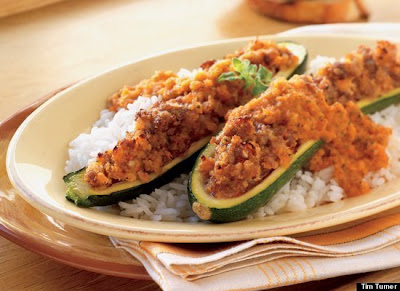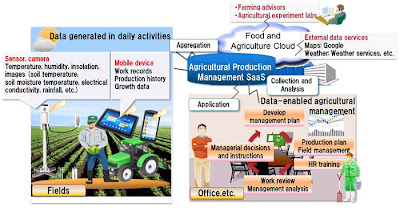When obesity rates shot up to alarming levels in America, people were quick to point to fast food chains such as McDonalds to rationalize the phenomenon. After all, the US is home to the most number of fast food restaurants in the world, so it must be logical to surmise that the sheer number triggered this surge in obesity cases.
| Image Source: pedia.vaneefoods.com |
If this line of reasoning is followed, then Japan would be a really odd case. The country, hosting a large number of McDonald branches (in fact, second only in number to the US) and a host of other supposedly “fattening” food places, continues to be at the bottom of the obesity scale. This goes to show that while the number of restaurants within a square area may indirectly influence the presence of obesity, personal eating habits still remain to be the determining factor.
The Japanese, for example, have many culturally unique eating behaviors that keep them from becoming fatter. Here are some of them:
Hara Hachibunme
This Confucian principle, which states that one must eat only until he is 80 percent full, has been ingrained in the Japanese from childhood. This can be achieved by eating slowly until reaching the desired level of satiety before completely stopping. This way, the brain will have time to process whatever signals the stomach sends, thus helping the eater avoid overeating.
| Image Source: okinawa-diet.com |
Eating with the eyes
Many people think that bento boxes are arranged in visually appealing ways just because the Japanese are fond of all things kawaii (cute), but they might be surprised to know there is actually more to the compartmentalized serving method than its mere aesthetic effect. By presenting the food beautifully, the person will feel to the need to savor each bite, keeping the eating pace slow enough for the brain to catch up in alerting the body about the possibility of overeating.
| Image Source: blog.japancentre.com |
High amount of vegetable servings per meal
The Japanese are great fans of vegetables, so much so that each meal features at least four or five vegetables. These vegetables are cooked without using oil, thus protecting the Japanese waistline from unwarranted enlargement. They are also presented in a myriad of interesting ways—over a hundred varieties as compared to the average of 30 in several Western countries—making them more enticing to eat without that guilty aftertaste.
| Image Source: blog.japancentre.com |
More facts about Japanese food and culture may be found at this Facebook page for JC Uni-tec.













